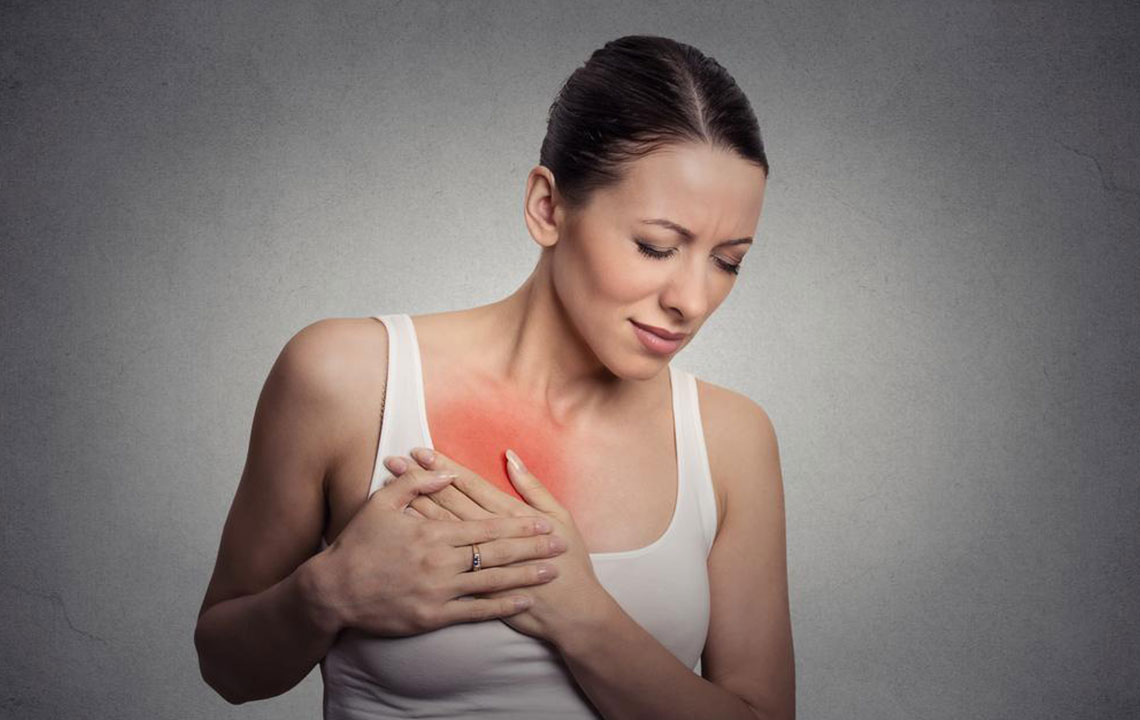Recognizing the Key Indicators of Cushing Syndrome
This article outlines the key signs and symptoms of Cushing syndrome, including weight gain, skin changes, and hormonal effects in men and women. Early recognition and medical consultation are crucial for effective management of this condition.

Recognizing the Key Indicators of Cushing Syndrome
Cushing syndrome arises when the body is subjected to prolonged exposure to excessive cortisol levels. Also known as hypercortisolism in medical terms, this condition may result from factors like long-term use of corticosteroid medications. Elevated cortisol levels can lead to distinctive symptoms such as a fatty pad at the upper back and shoulders, a round face often called "moon face," and stretch marks that are pink or purple. The manifestation of symptoms varies depending on individual cortisol levels and other health factors.
Typical signs and symptoms of Cushing syndrome
Common indicators include gradual weight gain and changes in skin texture such as:
Significant weight accumulation, particularly around the abdomen, upper back, face (known as moon face), and sometimes between the shoulders (buffalo hump).
Pink or purple stretch marks (striae) appearing on the abdomen, thighs, breasts, and arms.
Thinning and fragile skin that bruises easily, with slow-healing cuts and wounds.
Skin infections, insect bites, and acne may become more persistent or severe.
Symptoms specific to women
Women may notice increased hair growth on the face and body as well as menstrual irregularities.
Symptoms specific to men
Men may experience profound fatigue, muscle weakness, emotional disturbances such as depression or irritability, and decreased sexual function.
In summary, neglecting these symptoms can be detrimental. Anyone experiencing these signs should consult a healthcare professional promptly.










